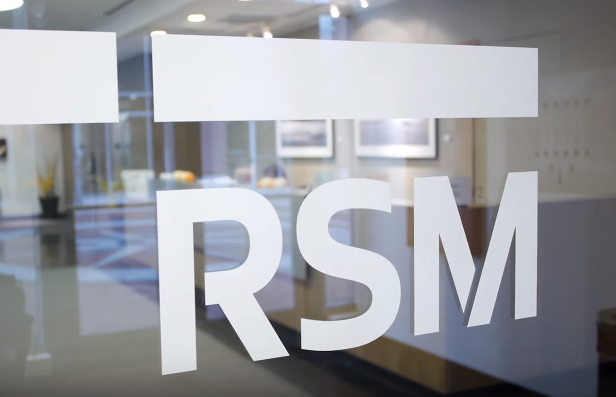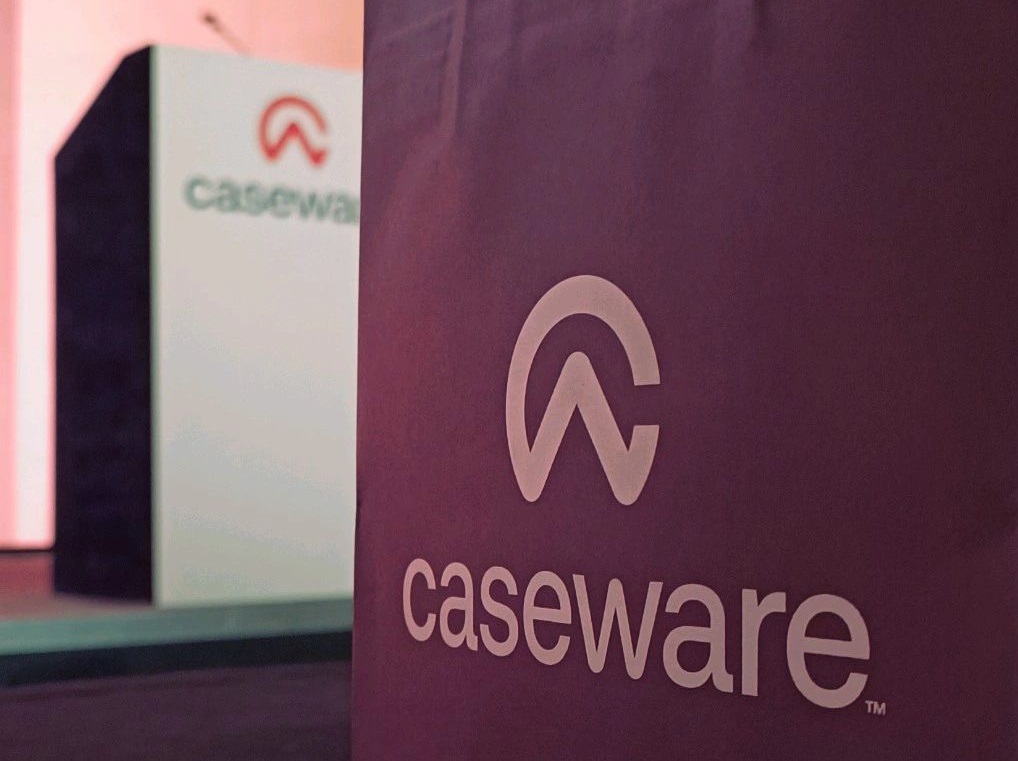All business owners want to believe that the people they hire, entrust to do work for them, and pay would never betray them, the company, or their coworkers by stealing from the business. Unfortunately, the statistics say otherwise. Employee theft is a significant problem and a risk that every business—large and small—faces.
What Drives Employees to Steal?
The so-called 10-80-10 rule says that 10% of people are ethical in all situations and will never steal from their employer, 80% will steal under the right conditions, and 10% have little or no ethics and will steal whenever an opportunity presents itself.
It is disheartening to think that 90% of your workforce is a theft risk. The good news is that you can take steps to dissuade the 80% from considering stealing and minimize the opportunities available to the unethical 10%. Your first step should be to understand what drives employees in the 80% group to steal. Several factors influence this decision, including:
● Motive. An employee who has never stolen from you might consider it if circumstances in their life change. For example, they might be saddled with unexpected bills, develop an addiction, or become jealous of the possessions or lifestyle of others.
● Opportunity. An employee may be more likely to steal if they discover that their company does a poor job of tracking the cash flowing into and out of the business and that consequently, their risk of being caught is minimal.
● Rationalization. People who are generally honest can be swayed by the stories they tell themselves. For example, they may start to see themselves as unappreciated, deserving of more than they get, just one of many who steal from the company, etc. They may also tell themselves that the company’s small loss would be a big gain for them, which justifies their actions.
If you view your employees and your company’s operations through this lens, you will likely see areas where you can improve your security posture.
Effective Theft-Prevention Tactics
Employee theft comes in many forms, including stealing physical property, digital crimes like diverting money from company accounts, and employees collecting pay for time they don’t work, such as when a person clocks-in their friend who is taking an extended lunch.
Fortunately, businesses can take the 12 actions below to minimize the risk and lower the incidence of employee theft.
- Learn about employer and employee rights. It is a good idea to talk with an attorney that specializes in this area about your theft prevention measures.
- Hire honest people. When you interview people and check their references, ask questions focused on their trustworthiness. If candidates or their past employers appear uncomfortable about those questions, or if their answers don’t align, that is a red flag. You should also consider doing criminal background checks.
- Be transparent about the issue and clear about the consequences. You should tell your employees that you are concerned about the risk of employee theft and are taking action to address it. Some companies see this as “tipping their hand,” but if you take strong measures to deter stealing, your honesty does not give dishonest employees any advantage. In discussing the issue, be clear about the consequences for anyone caught committing crimes—whether that means you will fire them, file criminal charges, etc.
- Use good bookkeeping practices, including reviewing the books regularly. If you allow your books to get “messy,” it is harder to detect theft. Similarly, if you put off bookkeeping tasks for too long, it is more likely that the “trail will go cold,” making it more challenging to determine who stole from you. You should also make backup copies of your accounting records to compare to the working documents if needed.
- Consider having an outside firm audit your books periodically. Not only does a third-party review of your financial records make dishonest employees think twice about stealing from the business, but the second set of eyes may help you catch and correct errors.
- Put systems in place for monitoring all assets. If you review your financial ledgers carefully but pay little or no attention to product inventory, that opens the door to theft. Dishonest employees will discover that security gap and may exploit it.
- Connect with employees on a personal level. Maintaining good relationships with your employees helps reduce the risk of theft in a few ways. First, employees who feel respected and connected to their company are less likely to steal. Second, if you know your employees well, it is easier to identify changes in their behavior that increase the likelihood of them stealing from you.
- Implement checks and balances. Employees are less likely to steal from a business if they know that their actions may be discovered quickly. You can create that type of environment by doing things like rotating employees through tasks where theft is possible, requiring a second signature on high-dollar-figure payments, and doing random inventory or timecard spot checks. You should emphasize that these actions don’t indicate that you distrust employees but rather that they are simply smart business practices.
- Require unique computer login credentials for all employees. If you allow employees to create shared credentials, it is harder to determine who accessed your systems. Dishonest employees may then feel emboldened to commit crimes. You should also require that employees secure or log off their computers whenever they leave their workstations. You should also consider requiring multi-factor authentication.
- Consider using access cards or codes. If you switch from physical keys to methods that record information on facility access, employees know that you are aware of when they are onsite. Whatever type of access control you use, be sure to record who has been granted access or had it revoked, such as if they leave the company.
- Install surveillance cameras in critical areas. You should not go overboard in monitoring your employees. However, it is reasonable to put cameras in areas with high theft risk.
- Create a confidential tip line. Make it easy for employees to report questionable behavior anonymously.
Don’t Let Dishonest Employees Hurt Your Business and Their Peers
Most employees are good, honest people. Take steps to protect them and your business by being vigilant and implementing proven theft-prevention measures.
You can also shield your business from the financial repercussions of employee theft by purchasing appropriate business insurance like a business owners policy (or BOP) or a commercial crime policy. Policies can include what is called employee dishonesty coverage or employee theft coverage. This type of insurance is typically very affordable and covers specified types of illegal activity by your employees.
=============
Rakesh Gupta is chief operating officer at biBERK, part of Warren Buffett’s Berkshire Hathaway company. biBERK specializes in commercial insurance for small businesses. In his role, Gupta focuses on simplifying the insurance buying experience using technology and process innovations that make it easier for small business owners to get the coverage they need.
Thanks for reading CPA Practice Advisor!
Subscribe Already registered? Log In
Need more information? Read the FAQs
Tags: Accounting, Auditing, Small Business, Technology




